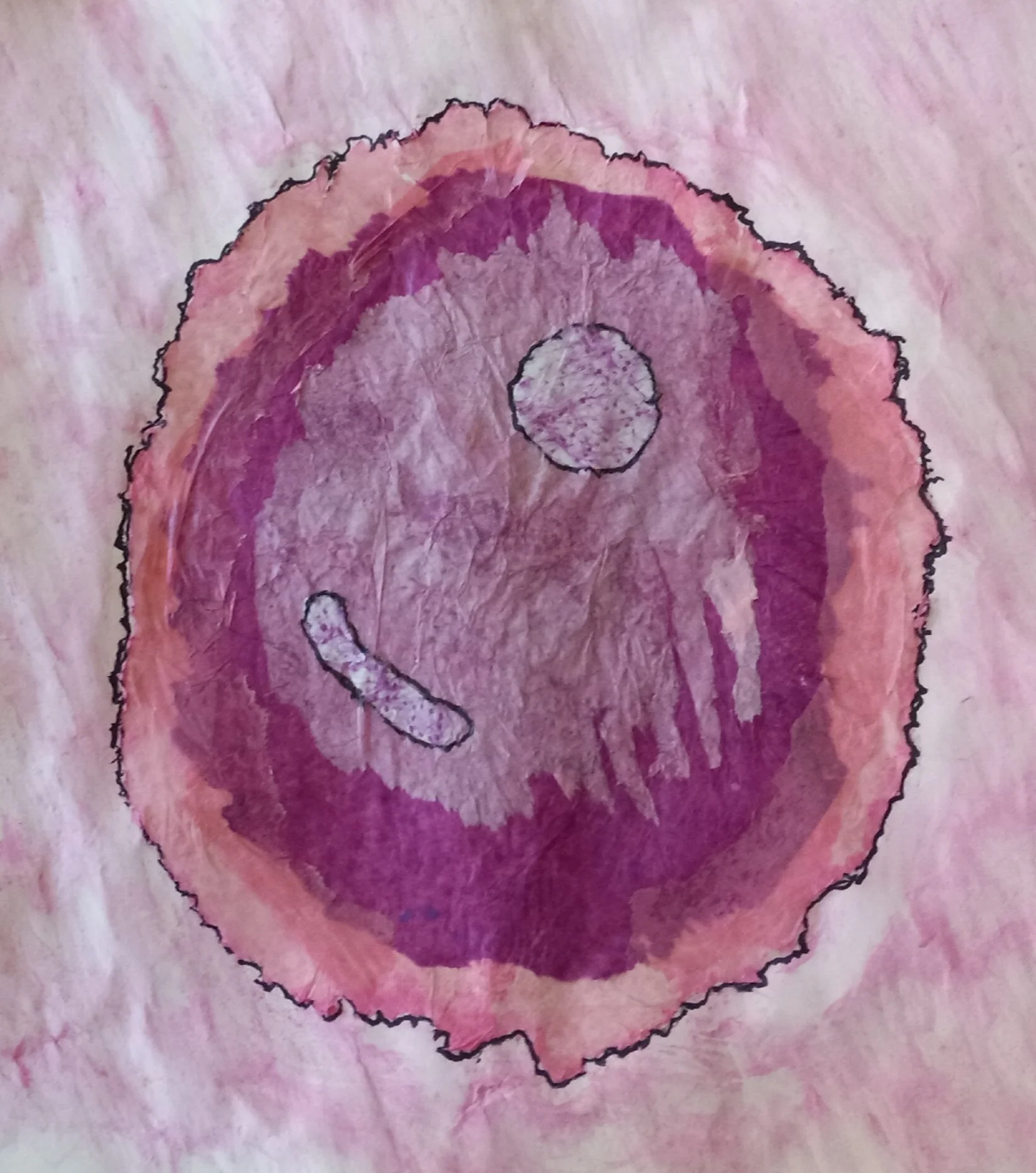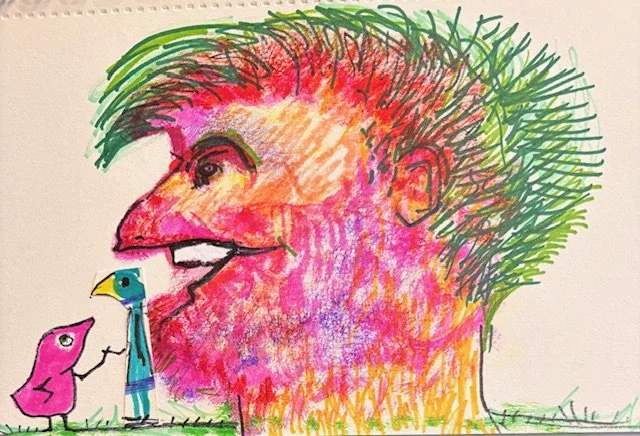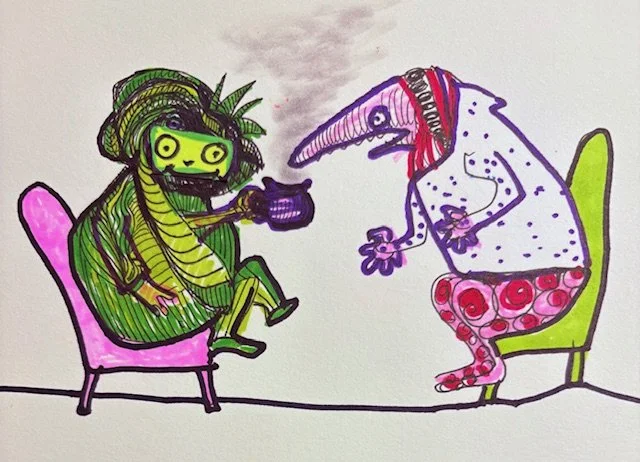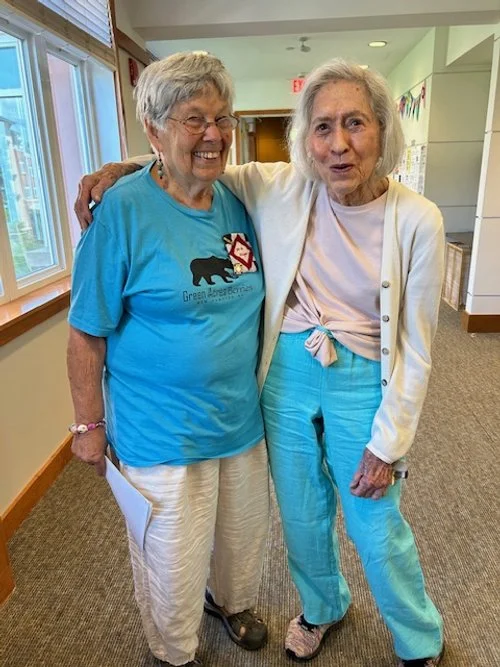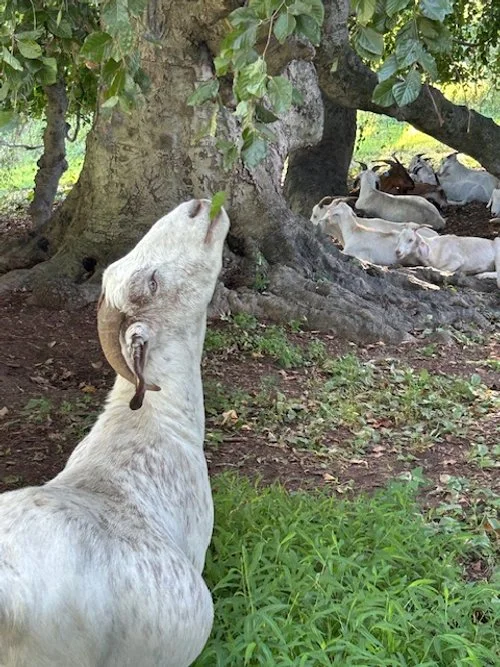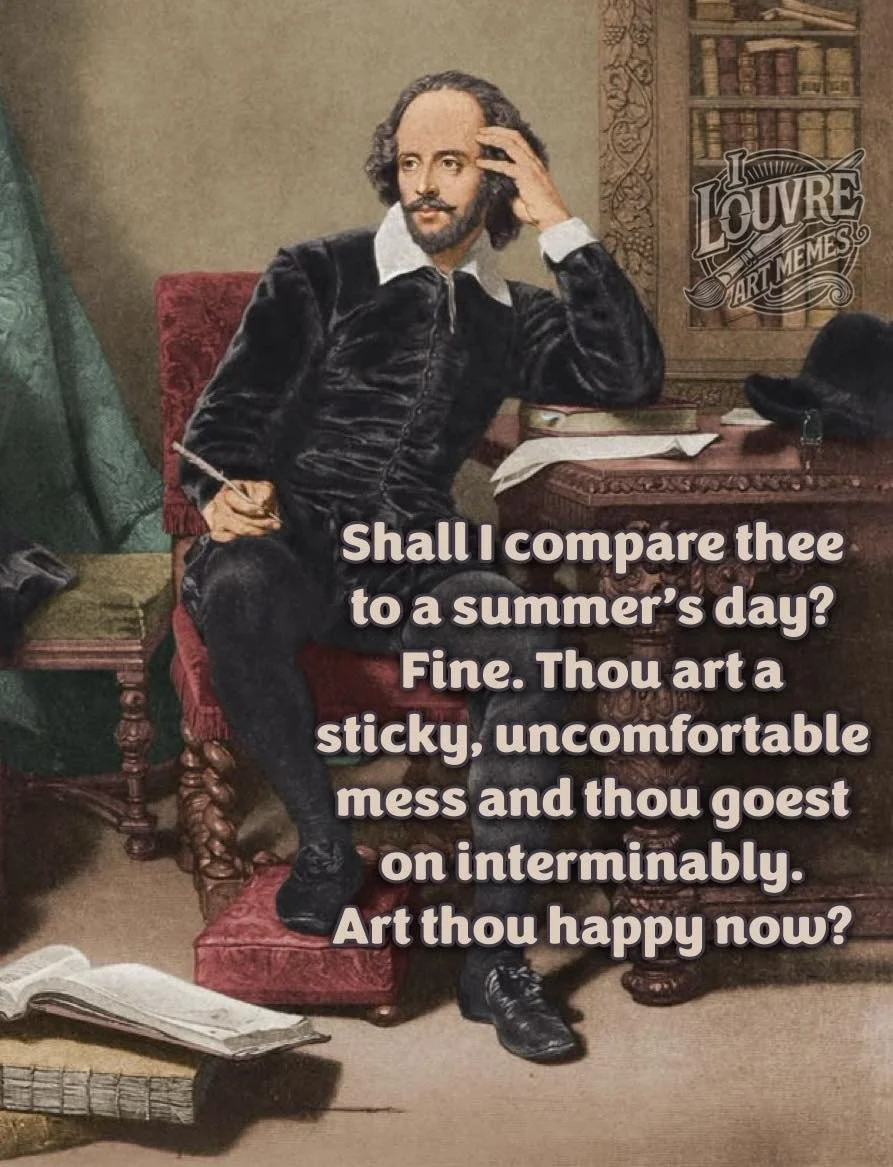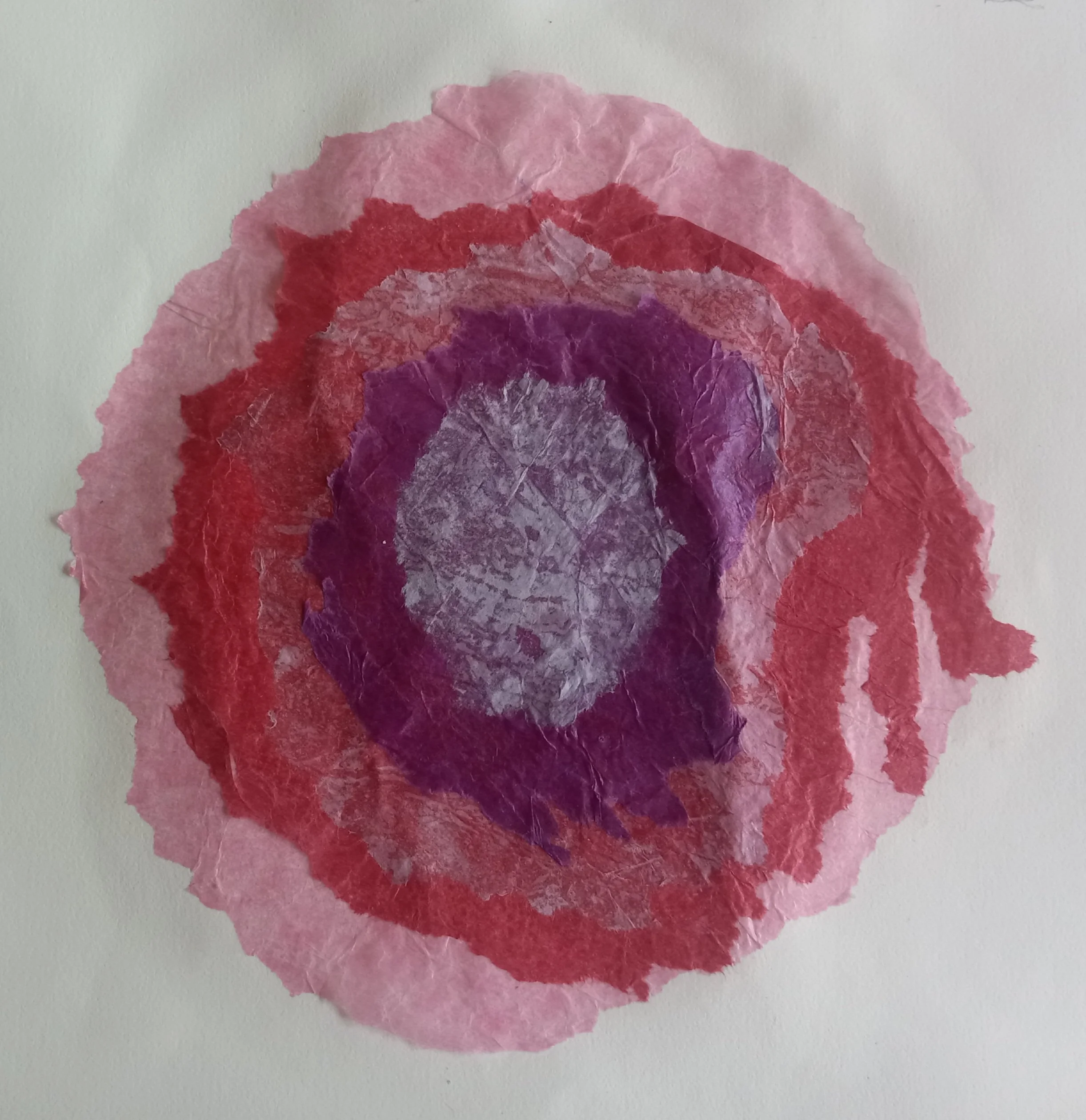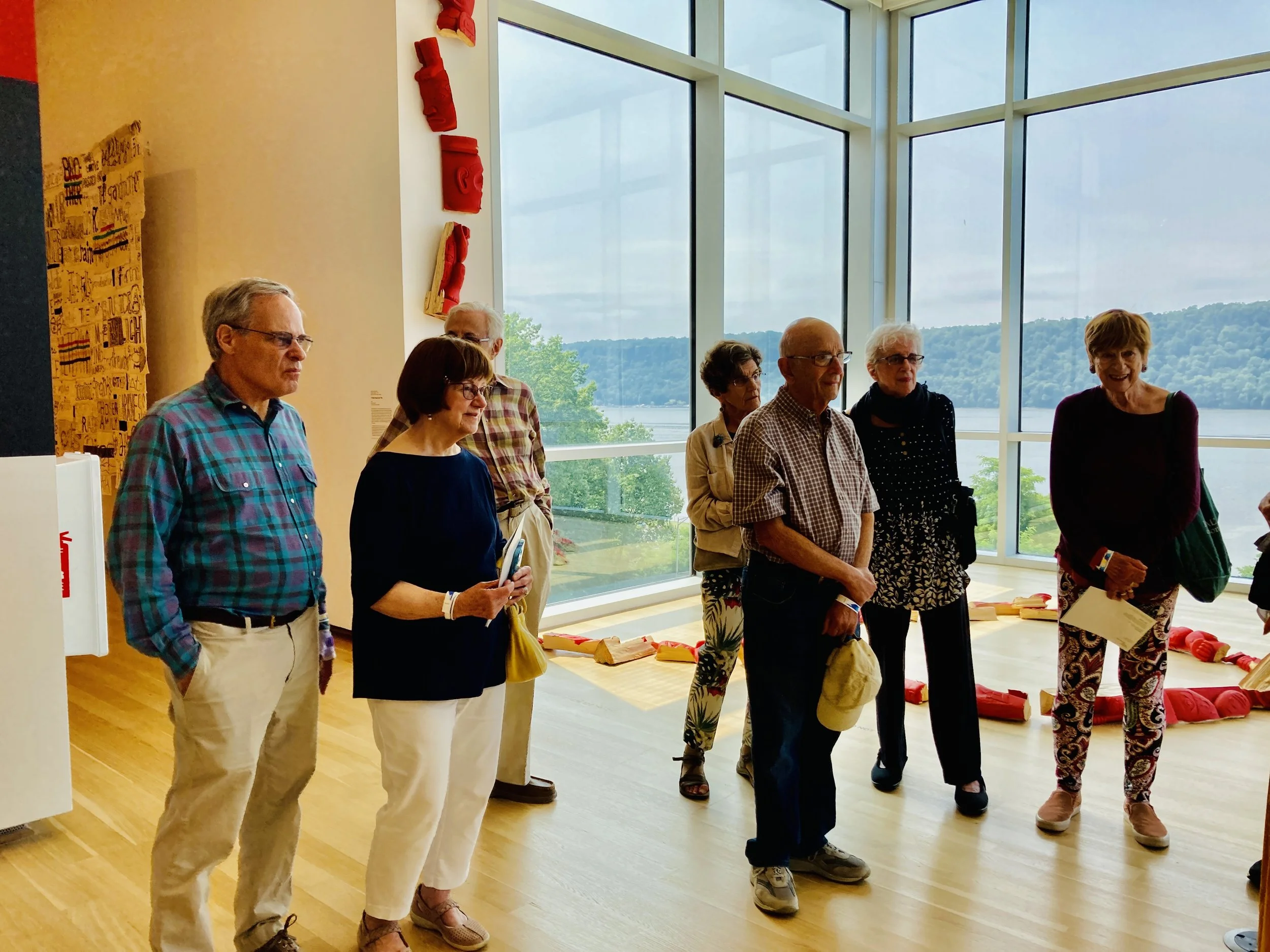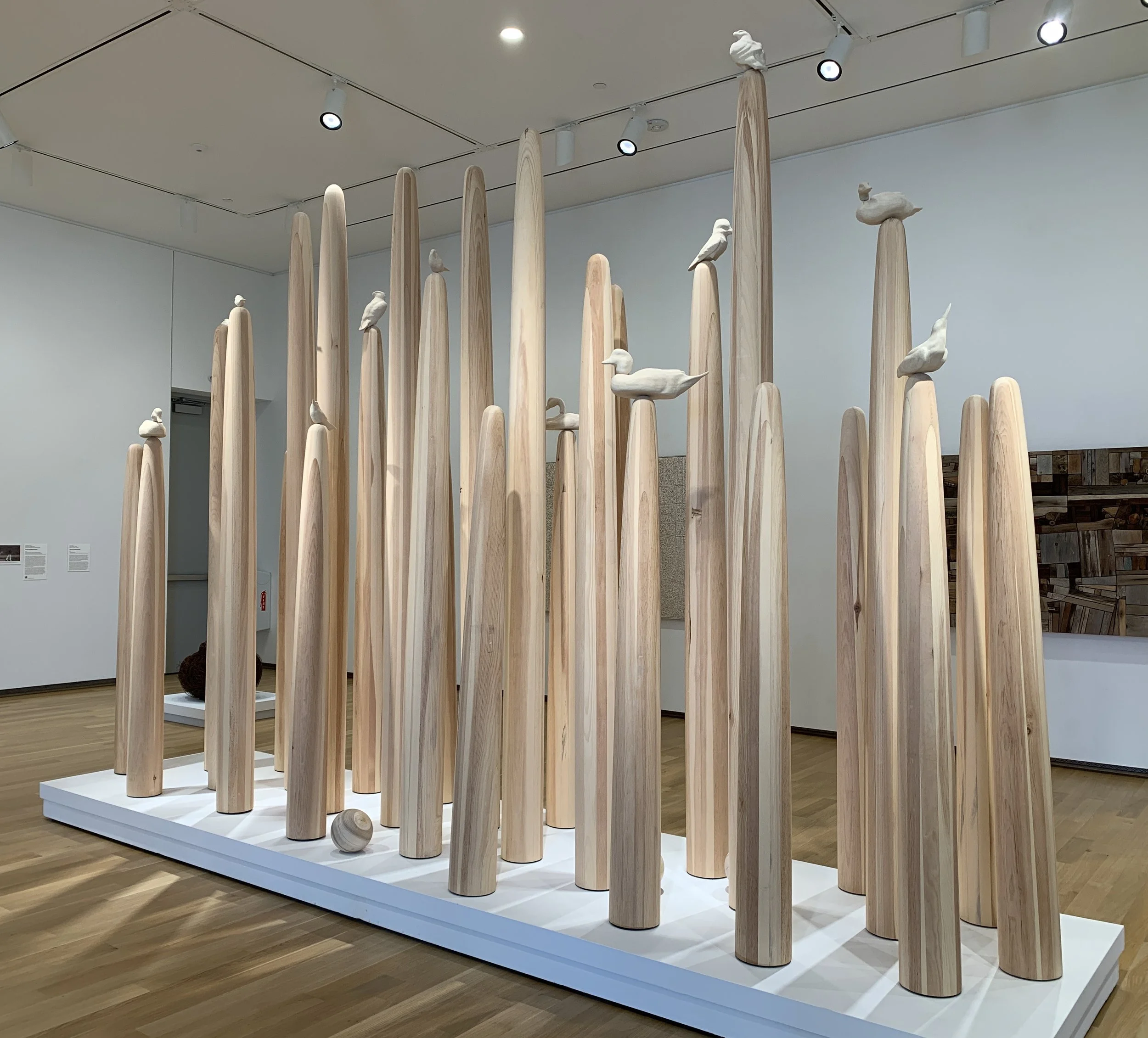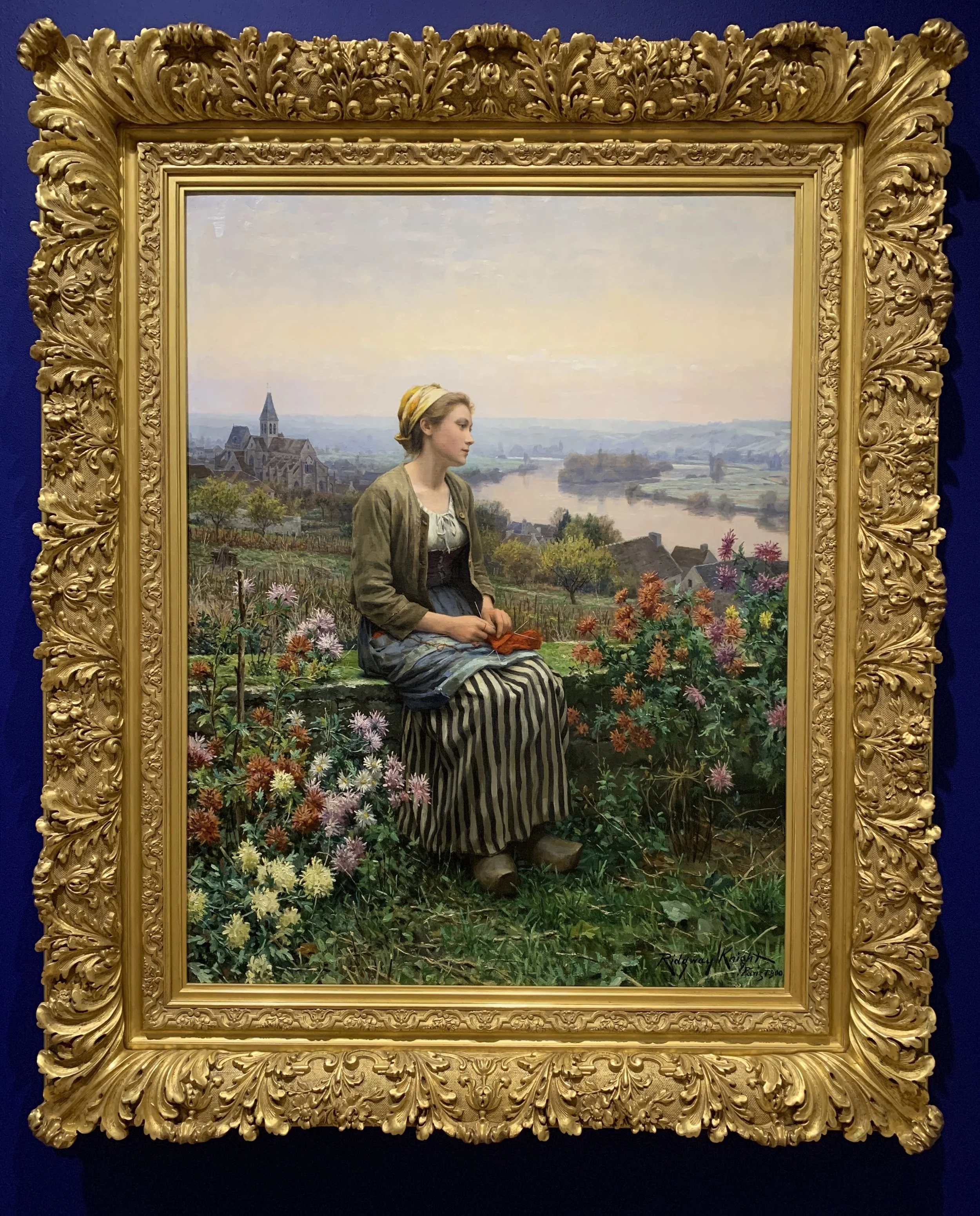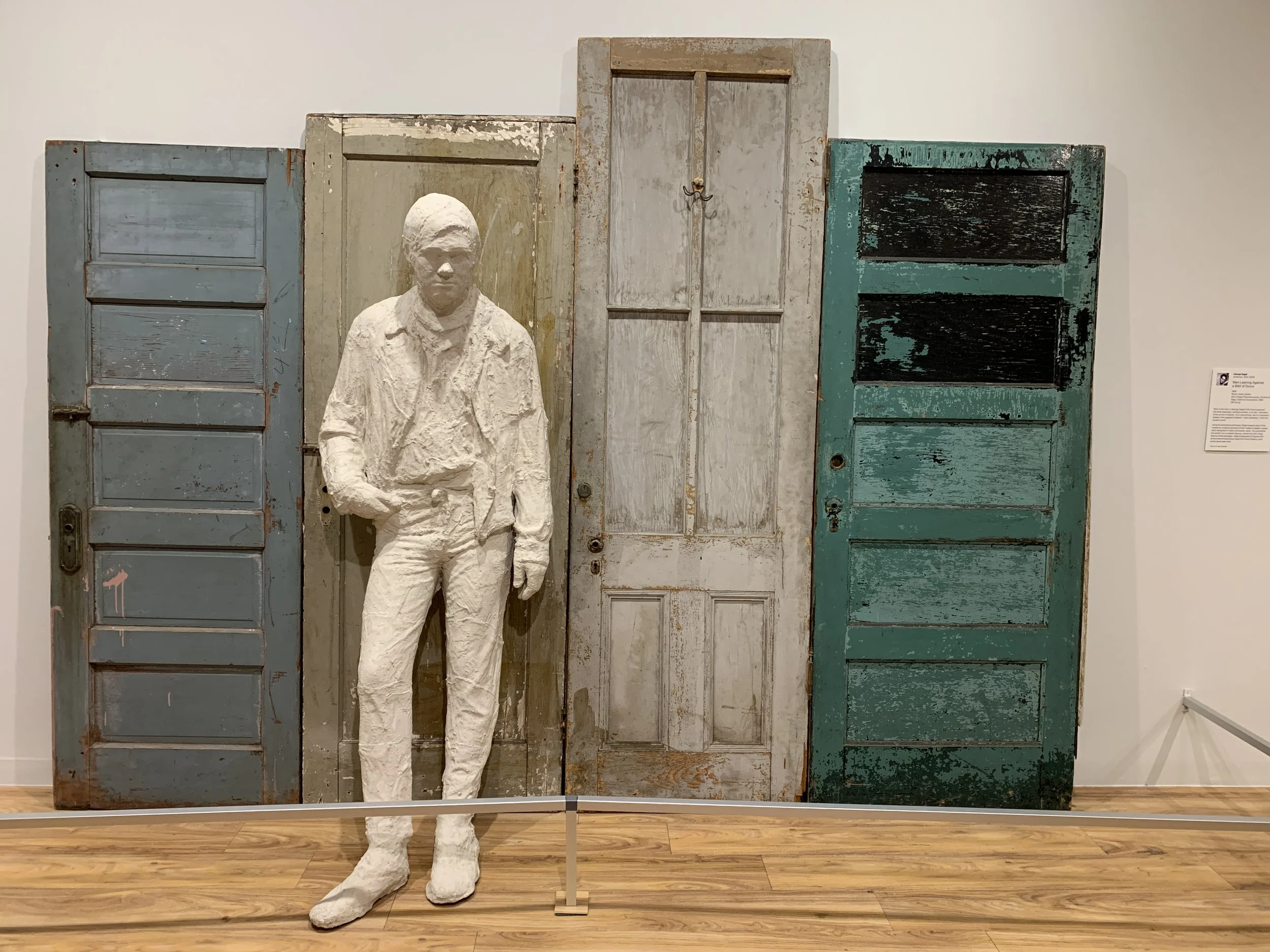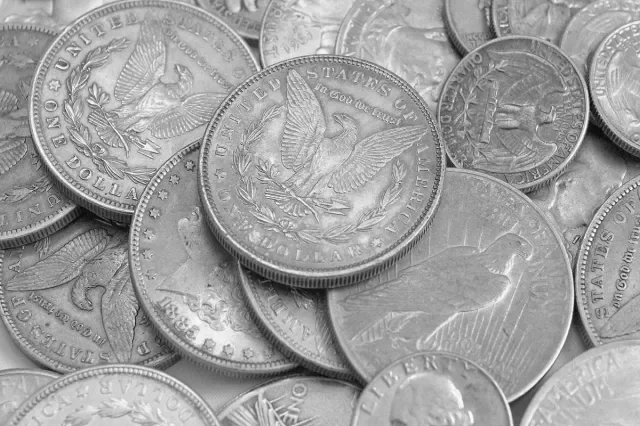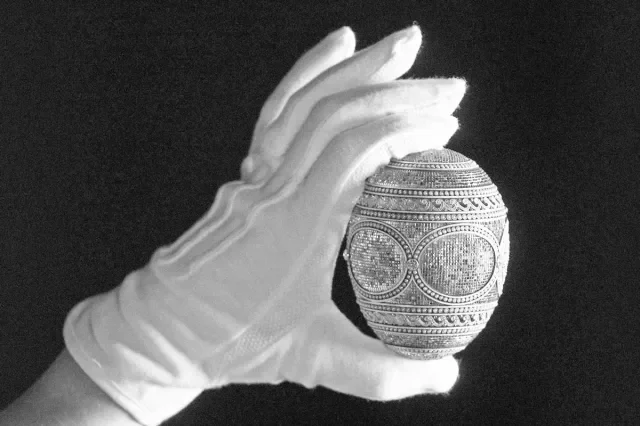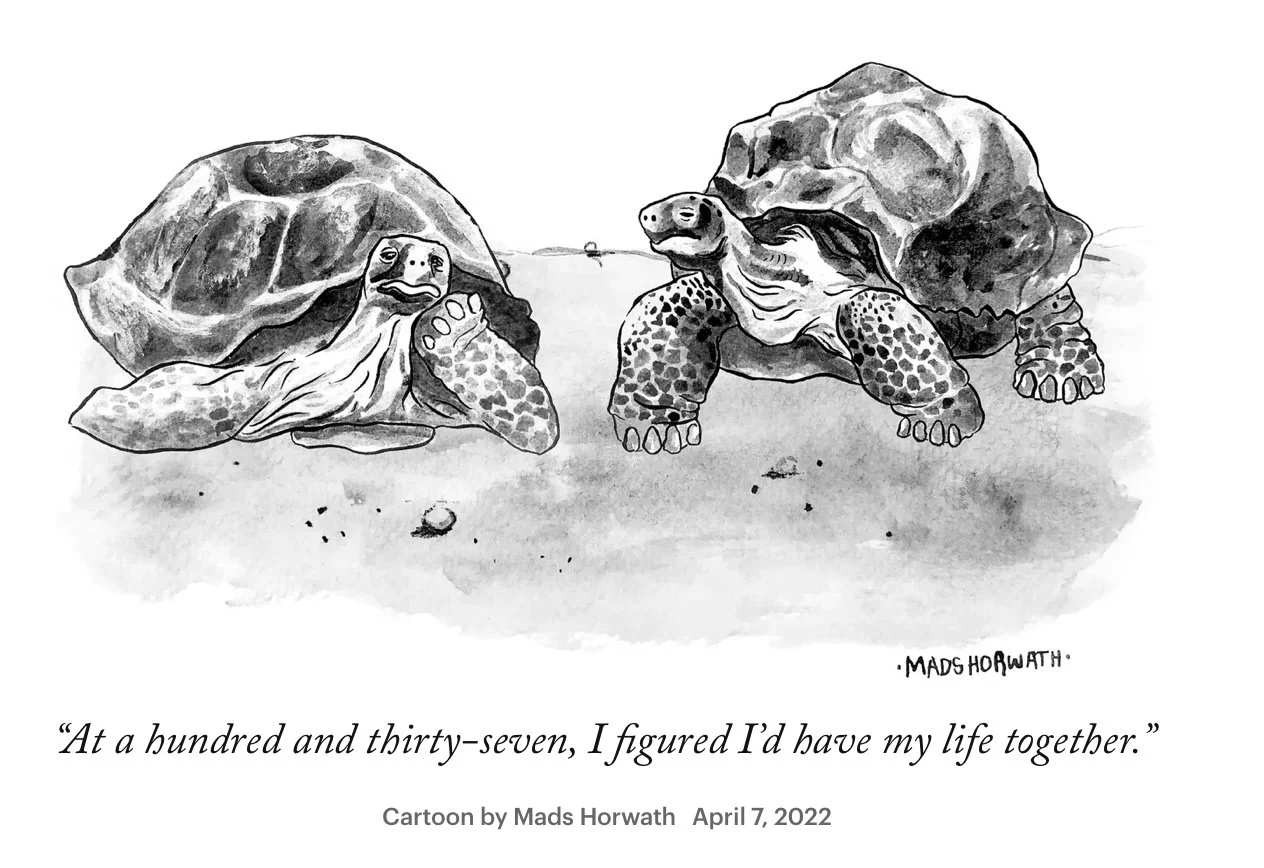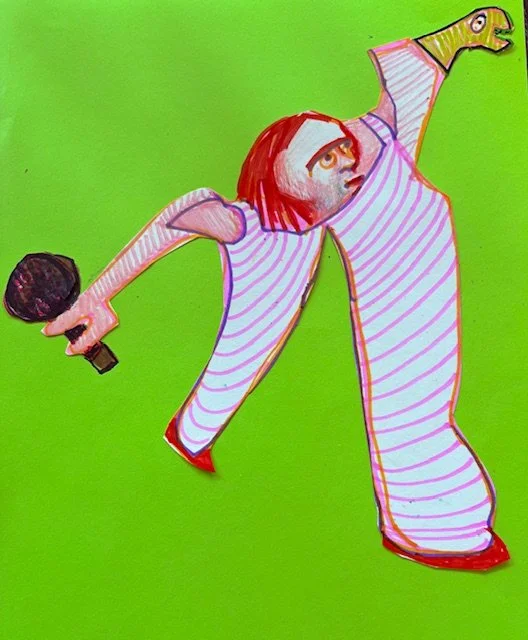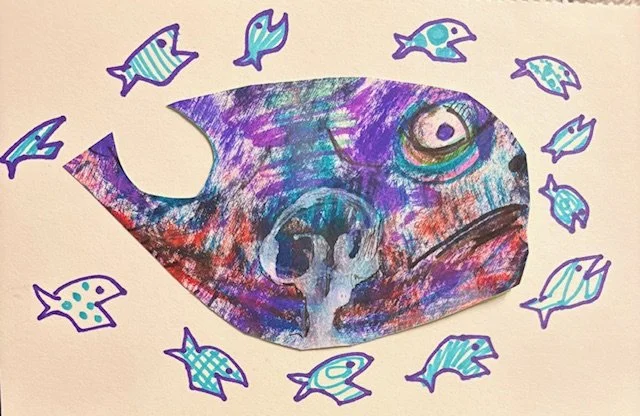Victorian Doctors Prescribed Beards for Healthy Throats
The well-coiffed men of the Victorian era wore finely tailored suits, trim waistcoats, and fancy statement hats. These men also, in contrast to their generally prim and proper aesthetic, sometimes had truly impressive beards. The Victorian “beard movement,” which started around 1850, was partially about looking manly and rugged — especially after British soldiers came back from the Crimean War unshaven in 1856. But beards were also, according to some medical professionals at the time, a way to ward off disease.
At the time, many doctors endorsed the miasma theory of disease, which (incorrectly) held that illnesses such as Britain’s common cholera outbreaks were caused by bad air. (To be fair, rampant air pollution was making people sick, just not in ways that scientists understood at the time.) Facial hair, some reasoned, could provide a natural filter against breathing in so-called “miasms.”
“[T]he moustache is emphatically nature’s simple respirator, while the hair covering the jaws and throat is intended to afford warmth and protection,” one doctor wrote in the Edinburgh Medical Journal in 1861. Clergymen and other public speakers were particularly encouraged to have beards to protect their voices.
Beards started losing popularity by the 1880s. Changing standards of masculinity played a role, but the medical justification was also weakening as microbial biology and germ theory took hold. Beards, it turns out, can hold a lot of microbes.
Source: historyfacts.com
Contributed by Jane Hart








